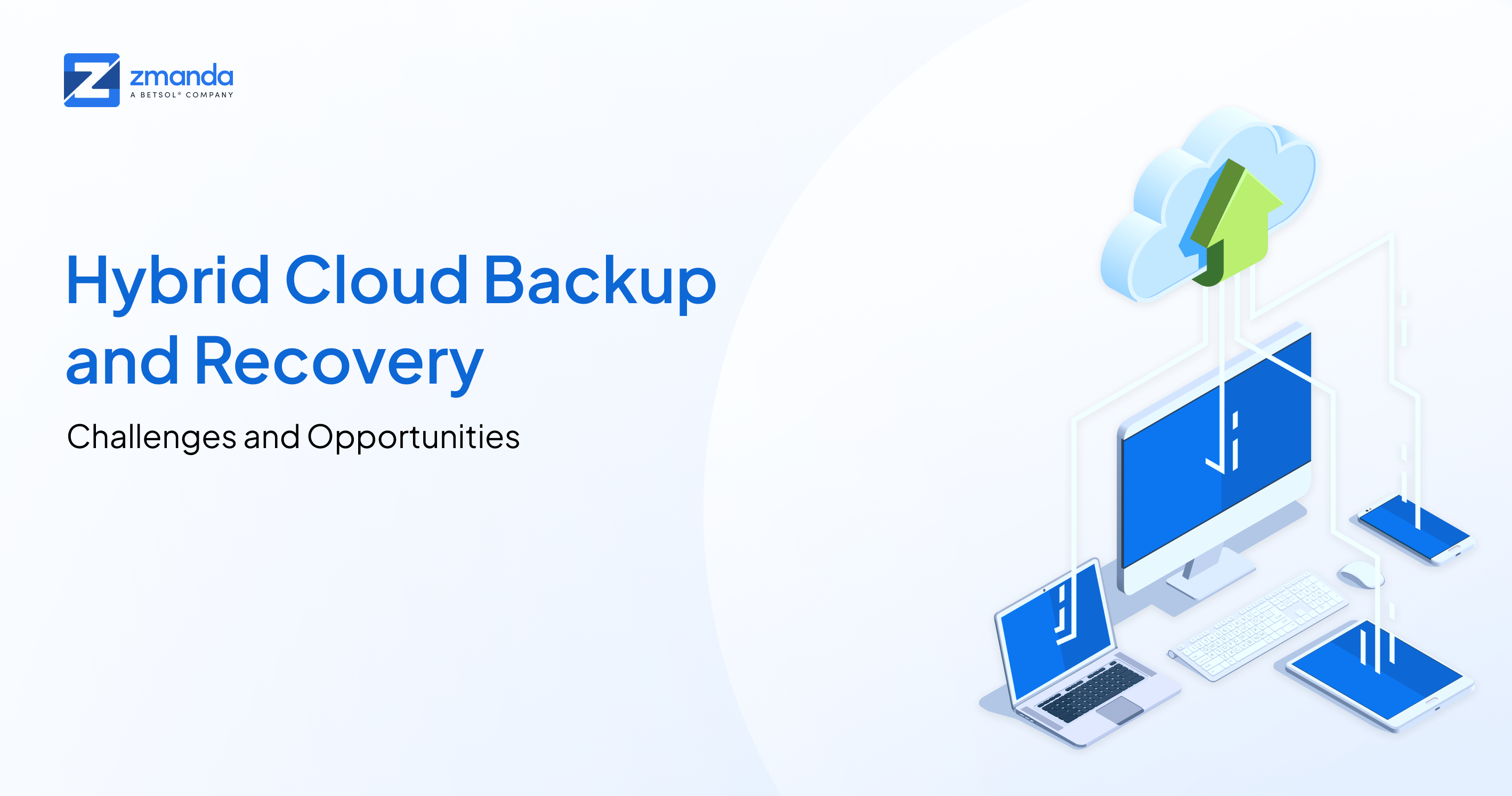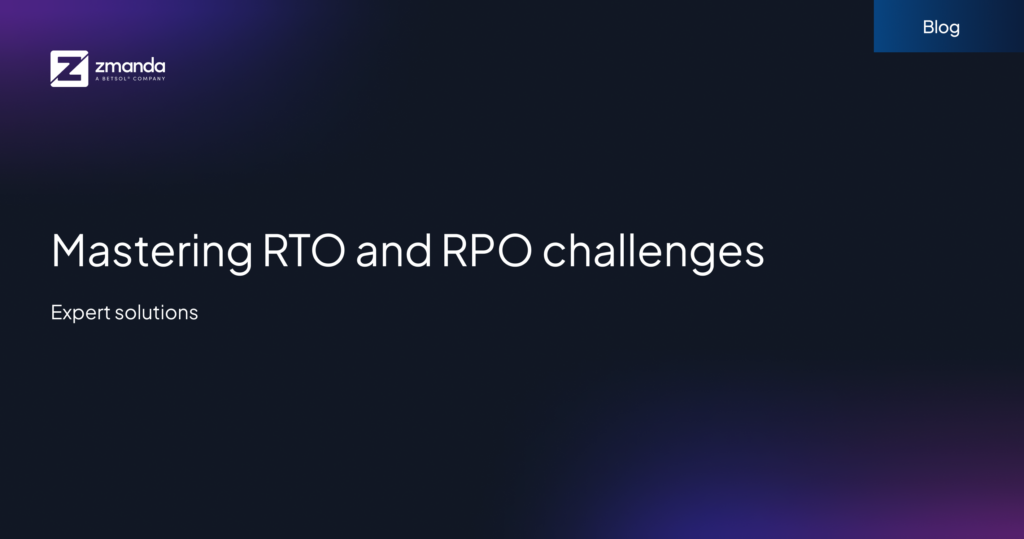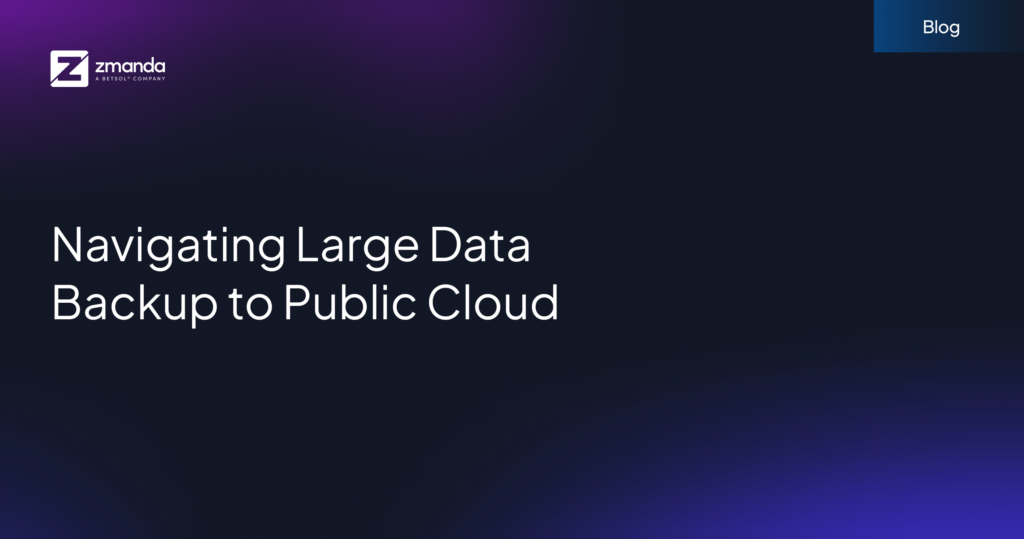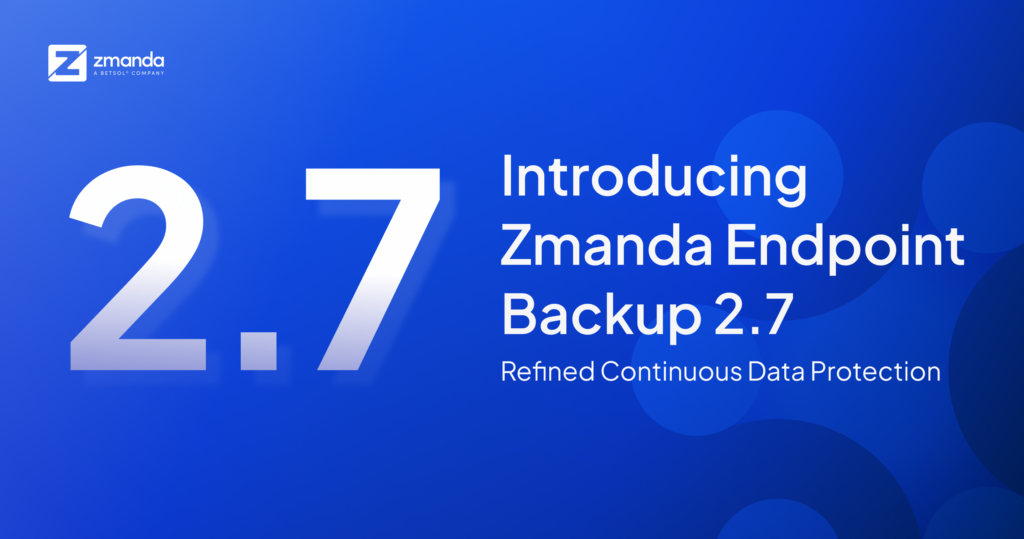
Data loss is a significant risk for businesses, and it can be costly. The longevity of a business depends on choosing the best means of data protection and restoration, considering security, budget, and scalability. Hybrid cloud backup has become the data solution of choice for many businesses. Interest in hybrid cloud systems has grown significantly, attracting research, development, innovation, and financial investment. As businesses recognize the potential of hybrid cloud backup, experts predict that the global market will be worth $145 billion in 2026.
IT trends indicate that secondary backup, especially for disaster recovery purposes, is a highly attractive use case for the cloud. These cases are frequently the initial steps for organizations to enter the cloud. In this article, let’s discuss the changing scenarios of hybrid cloud data backup, the many new challenges it poses, and the opportunities it opens up.
Challenges to Consider When Deploying a Hybrid Cloud Backup Strategy
- Organizations prioritize cloud data backup when transitioning workloads due to its cost-effectiveness, access to backup data, and ability to protect against regional outages and data loss.
- This is particularly relevant for highly regulated industries where retention periods necessitate backups maintained in a recoverable state (with regular audits and tests to ensure recoverability) for several years.
- The disadvantage of using the cloud as a backup repository arises when operational recovery is needed. Bandwidth consumption, the expense of recalling cloud data, and the time required to recover, limit the use cases of cloud backup, necessitating some backup data to continue to be stored locally.
- Another big challenge for businesses that want to use a hybrid cloud backup is managing their data securely, especially when working across platforms and locations.
Here are a few challenges to consider while deploying a hybrid cloud strategy:
Overcoming Data Fragmentation Challenges
One of the biggest challenges in a hybrid cloud environment is data fragmentation. Data may be spread across on-premises and cloud environments. Each platform may have its own backup solution and data storage method, resulting in data fragmentation. This fragmentation can make it challenging to identify, manage, and protect the data, leading to data loss, security breaches, and compliance issues.
To overcome the challenge, businesses can consider implementing a centralized backup solution. This solution involves using a single backup platform that can manage and control data backups across different cloud platforms and on-premises systems. Additionally, businesses can use data management policies to automate the movement of data between different storage tiers, such as hot, warm, and cold storage, based on the data’s frequency of use.
Addressing Security Concerns
Security is always a concern regarding data backup and recovery, but it can be especially challenging in a hybrid cloud environment. Data may be moving between on-premises and cloud environments, and securing this data can be challenging.
To address this challenge, businesses should ensure that all data is encrypted both in transit and at rest. They should also implement access controls and other security measures to ensure that only authorized personnel can access backup data.
Ensuring Compliance
Compliance is another challenge in hybrid cloud backup environments. Different regulations may apply to on-premises and cloud data, and it can be challenging to ensure compliance across all environments.
To overcome this challenge, businesses should implement a comprehensive compliance program that covers both on-premises and cloud environments. This may involve implementing encryption, access controls, and other security measures to ensure compliance with regulations such as GDPR and HIPAA.
Simplifying Data Management
Hybrid cloud backup environments can be complex, with multiple vendors, platforms, and data sources. This complexity can make it difficult to implement a comprehensive backup and recovery strategy.
To overcome this challenge, businesses should consider using Zmanda, a backup and recovery solution that is specifically designed for hybrid cloud backup environments. This can help simplify data management and ensure that data is backed up and recoverable across all platforms and vendors.
Cost Considerations in Hybrid Cloud Environments
Cost is always a consideration when it comes to backup and recovery, and hybrid cloud backup environments can be expensive. Data may need to be stored in multiple locations, and managing backups across different platforms can be challenging and costly.
To address this challenge, businesses should consider using an open-source backup and recovery solution such as Zmanda which costs 80% less than the competition. Open-source solutions can be more cost-effective than proprietary solutions, and they offer the flexibility and scalability needed to manage backups in a hybrid cloud environment.
Conclusion
Hybrid cloud backup environments present unique challenges regarding data backup and recovery. Data fragmentation, security, compliance, complexity, and cost are all factors that need to be considered.
At Zmanda, we understand that balancing workloads across multiple cloud providers shouldn’t be complex. Zmanda’s cloud data backup solution is known for its reliability, scalability, and affordability. It’s built on robust technology that ensures fast, secure, and efficient backup and recovery of your critical data. It also provides businesses with the flexibility they need to choose the best backup strategy for their needs, whether it’s backing up to the cloud or a hybrid solution that combines cloud and local backups.
Contact us today to learn more about our solutions and how we can help ensure that your data is always protected.


